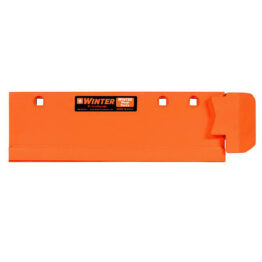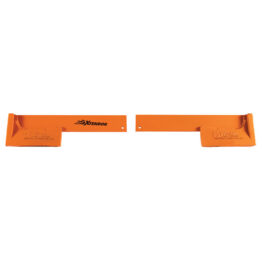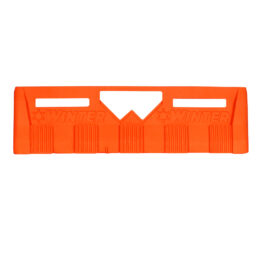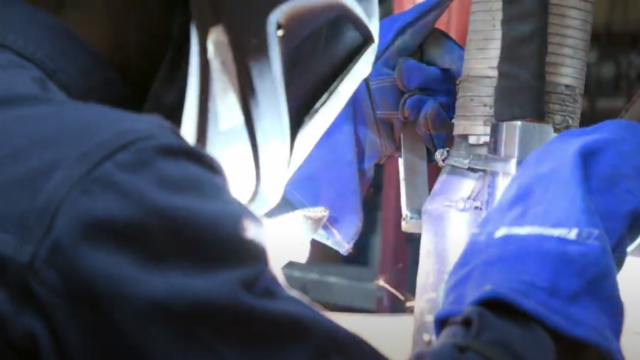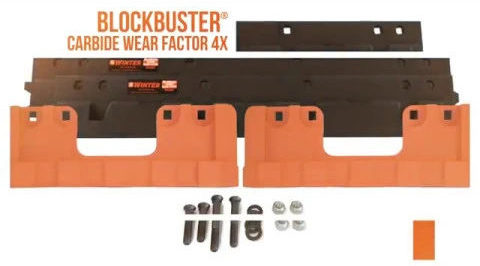Your Recent Search:
How Do I Save My Cutting Edge From Uneven Blade Wear?
February 26, 2018
Cutting edge uneven blade wear can occur due to road crowning patterns (like heavy crowning in the center of the road) or unforgiving curb types. Because of this, proper placement of blade guards is crucial.
While investments like long-lasting cutting edge blades can help, there are some quick and easy ways to avoid this problem.
1. Prevent Wear on Your Cutting Edge
- Avoid back dragging which can reduce the life of your cutting edge by causing it to break prematurely.
- Try not to use blades with too little snow on the road. Snow acts as a lubricant and protects the cutting edge.
- Avoid excessive down pressure.
- Whether you’re running steel, carbide or rubber, be sure you’re using a cutting edge made with high quality materials.
- Be sure you’re using the correct hardware. Check the torque specs for proper guard installation.
2. Identify Your High Wear Points for Proper Guard Placement
- Remove an old blade for a visual inspection. If the blade makes a “frown face,” there is wear in the center indicating you need a guard in the center of your blade. If it looks like a “smiley face,” wear has occurred on the ends and you would benefit from curb guards. In some instances, wear patterns will indicate that you need guards on one end and not the other. You may also find you need guard protection in the center as well as on the ends.
- Remember, wear patterns may differ between routes due to road composition, plow speed, and crowning variation. Be sure to inspect each plow assembly in your fleet for proper guard placement.
Subscribe to our blog
Get notified when we post a new article
"*" indicates required fields

